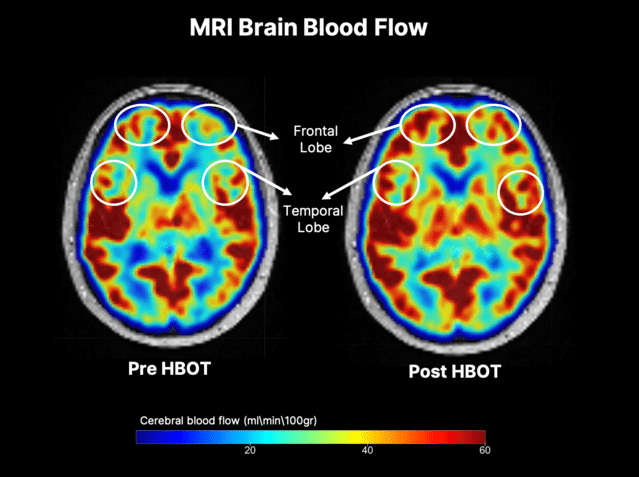Oxygen might be the new tool for enhancing cognitive function in the elderly.
Posted July 15, 2020 | Reviewed by Gary Drevitch PSYCOLOGY TODAY
EVEN PSYCOLOGY TODAY RECOGNIZES THE WONDERS OF HYPERBARIC!
Life expectancy is expanding. In 1920, Americans lived until about 55, on average. One hundred years later, the life expectancy in the U.S. is around 79. But with life extension, we also see corresponding deterioration, both physical and cognitive.
Longevity, the proverbial fountain of youth, is a common focus of both physicians and entrepreneurs today. But just adding years to a life span is only part of the equation. What if we could couple longevity with preserving, or even improving cognitive function? What if a person’s age did not automatically have us question their acuity? This wouldn’t just be life extension, but life expansion, enhancing the quality and vigor we have in our youth – the sharpness of mind – into our golden years.
Of course, scientists have been exploring non-pharmacological and pharmacological interventions to keep people sharp as they reach into their later 40s, 50s, and up. Lifestyle-based interventions like exercise, diet, and cognitive training with platforms have had some impact in this area.
Various drugs have yet to show significant improvements in cognition. Even those touted to help slow down conditions like Alzheimer’s barely make a mark. Despite heavy investment in research, the pursuit of cognitive enhancement remains elusive.
Life expectancy is expanding. In 1920, Americans lived until about 55, on average. One hundred years later, the life expectancy in the U.S. is around 79. But with life extension, we also see corresponding deterioration, both physical and cognitive.
Longevity, the proverbial fountain of youth, is a common focus of both physicians and entrepreneurs today. But just adding years to a life span is only part of the equation. What if we could couple longevity with preserving, or even improving cognitive function? What if a person’s age did not automatically have us question their acuity? This wouldn’t just be life extension, but life expansion, enhancing the quality and vigor we have in our youth – the sharpness of mind – into our golden years.
Of course, scientists have been exploring non-pharmacological and pharmacological interventions to keep people sharp as they reach into their later 40s, 50s, and up. Lifestyle-based interventions like exercise, diet, and cognitive training with platforms have had some impact in this area.
Various drugs have yet to show significant improvements in cognition. Even those touted to help slow down conditions like Alzheimer’s barely make a mark. Despite heavy investment in research, the pursuit of cognitive enhancement remains elusive.
Their latest research, just published in the Aging journal, has found that daily HBOT treatments – the application of 100% oxygen in a pressurized environment (i.e. a hyperbaric chamber) — can help improve cognitive function. Study participants were exposed to the hyperbaric environment for 2 hours a day, 5 days a week, for 3 months. The Sagol Center’s protocol involves raising and lowering oxygen levels within a unique hyperbaric oxygen chamber body over the course of the two-hour treatments designed to trigger physiologic regeneration.
The randomized controlled clinical trial followed 63 healthy, generally active adults over the age of 64. The study participants were evaluated for baseline measurements at the beginning of the study, which included HBOT sessions five days per week for three months. Cerebral blood flow – blood flow in the brain — was evaluated by perfusion magnetic resonance imaging. Additionally, participants had their cognitive performance assessed using a standard platform, NeuroTrax. Both the HBOT group and the control group has similar scores related to cognitive function at baseline.
At the end of the three-month study, the results showed improvements in attention and cognitive processing speeds possibly as a function of increased blood flow to the brain. Amir Hadanny, Chief Medical Research Officer and co-author of the study explains:
In past research, we had observed HBOT’s ability to treat acute insults to the brain – in stroke patients, traumatic brain injury, fibromyalgia – even PTSD, we were able to treat injured brains and help regenerate tissue and recover function. This study was entirely different. We saw that in healthy adults, without a specific injury or insult to the brain, we could regenerate brain cells and blood vessels and improve cerebral blood flow. Improved blood flow means red blood cells can bring more oxygen to previously underserved areas of the brain that stagnate with age. This enabled our healthy patients to actually improve their cognitive function.

